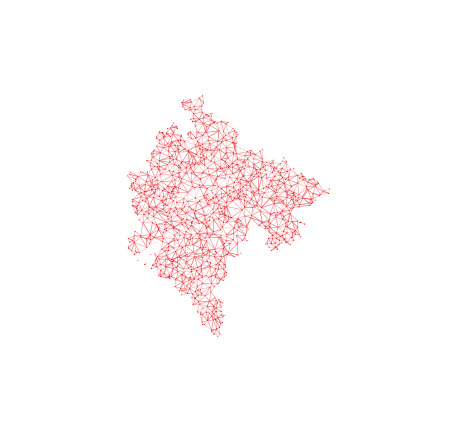
National holidays
| January 1 | New Year’s Day |
| January 7 | Orthodox Christmas |
| --- | Good Friday |
| --- | Easter |
| May 1 | International Workers' Day |
| May 21 | Independence Day |
| July 13 | Statehood Day |
Montenegro is a unique country at the very south of the Adriatic Sea. Such a varied natural beauty, long beaches, clear lakes, fast rivers with magnificent canyons and gorgeous mountain massifs are seen only in Montenegro.
Christian, Muslim, Illyrian, Byzantine, Ottoman and Slav civilizations melted one into another thus creating a unique cultural and historical wealth. Two UNESCO World Heritage Sites: natural and culture-historical region of Kotor and Durmitor National Park; five national parks: Durmitor, Biogradska Gora, Lovcen, Skadar Lake and Prokletije; and numerous protected natural monuments offer a lot to discover in this beautiful country.
The Boka Bay is the natural fjord composed of four different bays that hide little gems like the town of Perast with the Island and the Baroque church the Lady of the Rocks, and the city of Kotor. The monasteries of Ostrog, Moraca, Piva, Cetinje and many others display a rich tradition and religious heritage of Orthodox Church in Montenegro.
Famous tourist resort of Budva with the Old City and St Stephen’s Island nearby will leave you breathless.

National holidays
| January 1 | New Year’s Day |
| January 7 | Orthodox Christmas |
| --- | Good Friday |
| --- | Easter |
| May 1 | International Workers' Day |
| May 21 | Independence Day |
| July 13 | Statehood Day |

Electricity
The plug of choice is 220 Volts, AC, 50 Hz, two-pin socket supply.

Money
Montenegro's official currency is the euro (€), which is divided into 100 cents. Euro bills come in denominations of €5, €10, €20, €50, €100, €200 and €500 euros. Coins come in denominations of €2, €1, €0.50, €0.20, €0.10, €0.05 and €0.01.

Credit cards
Larger cities will take credit cards, especially MasterCard and Visa but make sure to have enough change when travelling to smaller towns and countryside.

Religion
Major religion is Orthodox Christianity.

Safety
Walking the streets of any town or city at any time is relatively safe, however, the best advice may be to employ your common sense.

Smoking
Restaurant and bar goers will see plenty of no-smoking signs, unfortunately these are rebelliously and generally ignored.

Visas
Citizens of the EU, Western and many other countries staying for up to 90 days do not require visa. All others need a visa, although those with valid Schengen (EU) visas or US visas may stay visa-free for up to seven days.
Highlights
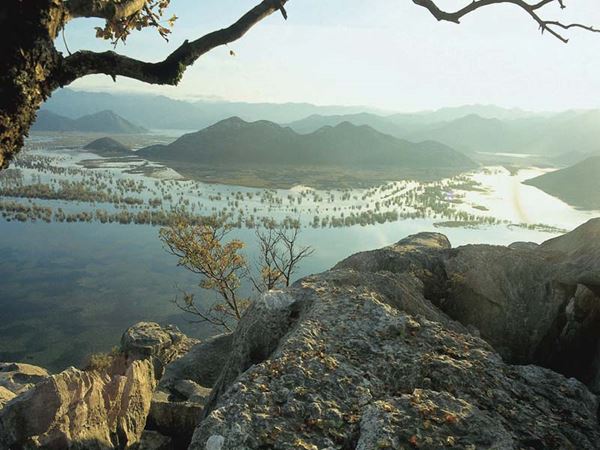
National Park Skadar Lake
National Park Skadar Lake is located in Zeta – Skadar Valley and is surrounded by mountains, 7 km far from the Adriatic Sea. Two Thirds of Lake of Skadar is in Montenegro and rest is in Albania. Area of 370 to 530 square kilometres, depending on the water level, is the largest lake in the Balkans. Since 14th and 15th century, it is a cultural centre thanks to numerous cultural and historical monuments: the monastery complexes and archaeological sites.
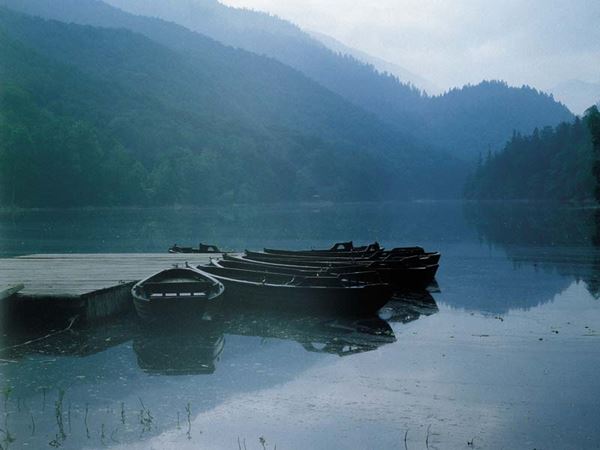
National Park Biogradska Gora
Although it is the smallest of four National Parks in Montenegro, National Park Biogradska Gora hides untouched forest with trees over five hundreds of years old, large mountain slopes and tops, glacier lakes at altitude of 1820 meters and easily accessible Lake located at the very entrance of Park. The park was established in 1952 and now houses 26 different habitats of plants with 220 different plants, 150 species of birds, 10 species of mammals and 86 species of trees.

National Park Lovcen – Njegus Mausoleum
Lovcen is a mountain and a national park in southwestern Montenegro. The biggest and most important monument of Lovcen national park is Petar Petrović Njegoš's Mausoleum erected at Lake Crest. During his life, Njegoš built a chapel in which was later buried. The chapel was destroyed during World War II to be restored again in the twenties of the 20th century. Later, in 1970 the chapel was torn down so that a mausoleum could be built that was worthy of a poet. The project for the mausoleum was designed by famous Croatian sculptor Ivan Mestrovic.
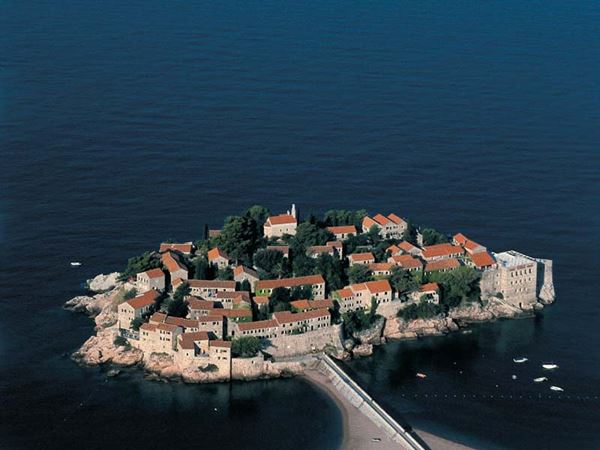
Sveti Stefan
Sveti Stefan, the so-called hotel-town, is a resort town in western Montenegro, located in Budva Riviera. In 15th century, this islet was a small fishing town surrounded by walls. Today, the island turned into a luxury hotel-town whose old dilapidated houses adapted so as to retain full authenticity on the outside, while on the inside they are hiding one of the most luxurious hotel complexes.
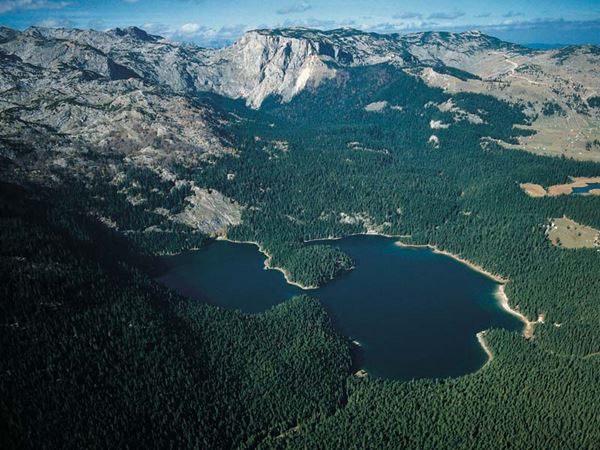
National Park Durmitor
National Park Durmitor is a UNESCO’s massif and the name of a national park in northwestern Montenegro. The highest peak, Bobotov Kuk, reaches a height of 2,522 meters. Durmitor is the centre of Montenegrin mountain tourism, it features 18 glacial lakes and has 48 peaks. The National Park has seven areas with special protection regime: spruce and fir forest in the basin of Mlinski stream; a red pine complex in Crne Pode in the Tara Canyon; Black Lake with its forest; Škrčka lakes and narrow area of Sušica canyon; Barno lake; Zabojsko Lake; and the narrow valley of the river Tara.
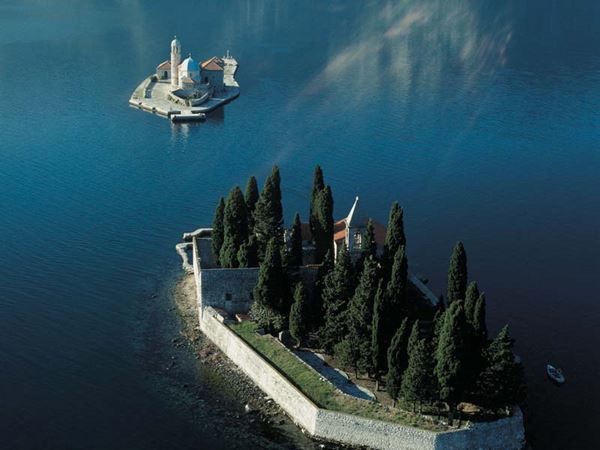
Perast
Perast is an old town on the Bay of Kotor in Montenegro. It is situated a few kilometres northwest of Kotor and is noted for its proximity to the islets of St. Juraj and Our Lady of the Rocks (Gospa od Skrpjela). During winter, Perast has more hours of sunshine than, for example, the famous tourist destinations on the Cote d'Azur. It stands out with its 16 palaces, mostly baroque, out of which the most famous palace Zmajević was built in 1664. Next to the palace is a church of Our Lady of the Rosary, which houses the mausoleum of Archbishop Andrew Zmajević. A special feature of the church is her slender baroque octagonal bell-tower on four floors, which is a unique example of this type of bell tower in the Adriatic.
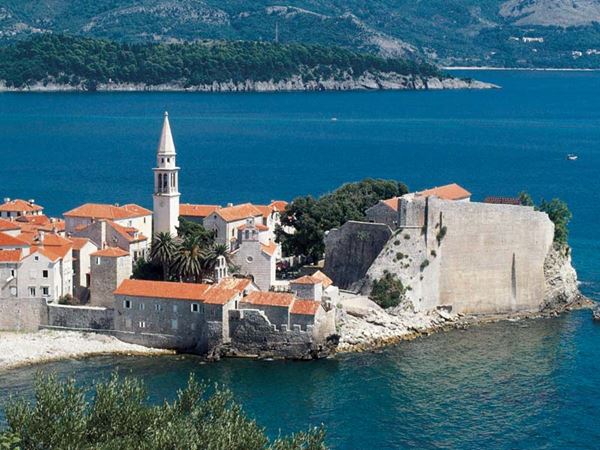
Budva
Budva is the centre of Montenegro's tourism, and is well known for its sandy beaches, diverse nightlife, and examples of Mediterranean architecture. Budva is 3,500 years old, which makes it one of the oldest settlements on the Adriatic Sea coast. Even as a tourist destination this city is known a long time since the first tourists arrived in 1923, and today Budva is often called the ''tourism capital'' because it is the most visited destination in Montenegro and one of the most visited in the Adriatic. Charming towns are widespread along Budva's Riviera, and among them are Sveti Stefan, Milocer and Petrovac.
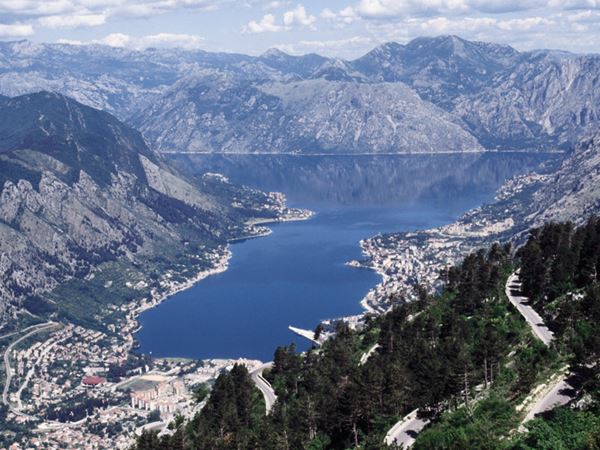
Kotor
Sitting in one of the most beautiful bays in the world, Kotor, the town of traders and famous seamen, is the best preserved urban centre from the medieval period, typical for the towns that were built between the 12th and 14th centuries. The medieval architecture and numerous monuments of this cultural heritage instated the city on the UNESCO World Heritage List. Among them is the Cathedral of Saint Tryphon, built in 1166, known for its distinctive architectural solutions, decorative sculpture, ciborium and fragments of frescoes from the fourteenth century.















